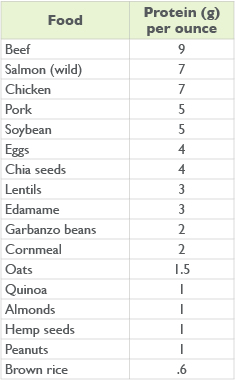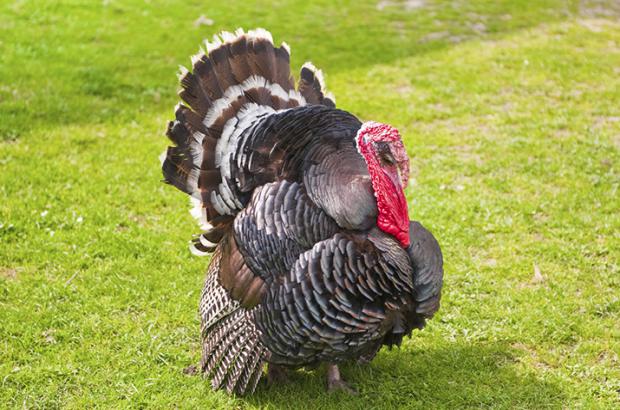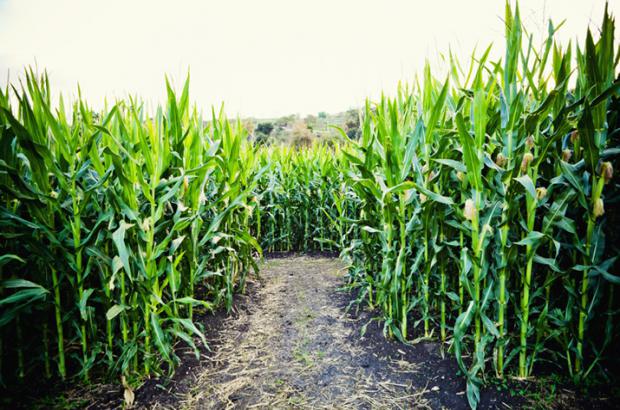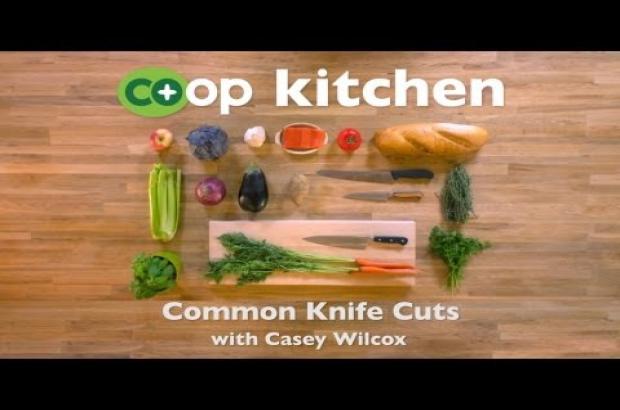Article
A Protein Primer

I run around with a group of incredibly active and strong people, several of whom also enjoy a friendly weightlifting competition now and then. It’s been interesting seeing how their diets have changed to keep up with the nutritional demands of their training. Their focus, in large part, is on the protein content of each meal and with good reason.
The pieces that make up a protein—amino acids—are also the building blocks for our muscles, bones, skin, hair and nails. So my weightlifting buddies need that protein to rebuild the muscle tissue they break down in every workout.
Amino acids have other jobs in the body, too. They are components of the enzymes that not only break down our food into useful pieces but also participate in every metabolic function in the body—of which there are many. Protein is literally involved in every process that maintains and repairs the body.
Those repairs can also be called “healing,” and healing is not reserved for broken ankles and sprained wrists. We are healing every single day from the physical effects of stress, exposure to pollution, even our sedentary lifestyles.
So, clearly protein is important. But how much protein does a person need? The answer to that largely depends on all the features that make you (physically) an individual:
- Your weight and body composition
- Your growth rate—an active teenager needs more protein than an active adult
- The amount and type of physical activity you engage in
- Your general health and wellbeing—illness and injury, especially burns, require more protein to heal
When comparing one source of protein to another, animal products are the whole-food sources with the largest amount of protein per ounce and contain all 20 amino acids, making them a "complete" protein.
 There are also many great plant-based sources of protein, including whole grains, beans, nuts and seeds to meet your body's needs. These foods are considered to be “incomplete” proteins because while they contain all nine of the essential amino acids, there is not enough of at least one of those essential amino acids to meet our biological needs alone. For example, legumes and nuts are poor sources of the amino acid methionine, and grains and seeds (with the exception of quinoa) are deficient in lysine. This is why we see grains and legumes, nuts and seeds paired together in traditional cuisines around the globe. Variety is the key! There is no need to pair complementary plant-based proteins in the same meal to achieve the right balance of amino acids. Eating a balanced diet, with a variety of whole grains, legumes, nuts and seeds, maximizes the benefits of a plant-based diet.
There are also many great plant-based sources of protein, including whole grains, beans, nuts and seeds to meet your body's needs. These foods are considered to be “incomplete” proteins because while they contain all nine of the essential amino acids, there is not enough of at least one of those essential amino acids to meet our biological needs alone. For example, legumes and nuts are poor sources of the amino acid methionine, and grains and seeds (with the exception of quinoa) are deficient in lysine. This is why we see grains and legumes, nuts and seeds paired together in traditional cuisines around the globe. Variety is the key! There is no need to pair complementary plant-based proteins in the same meal to achieve the right balance of amino acids. Eating a balanced diet, with a variety of whole grains, legumes, nuts and seeds, maximizes the benefits of a plant-based diet.
Competitive weightlifters may have a tough time getting 111-143 grams of protein in whole foods down their hatches every day, but the majority of the U.S. population does not need supplemental sources of protein. When all is said and done, Americans not only meet but exceed their protein needs mostly with excess consumption of meat and dairy products. And while a high-protein diet may help some people lose weight, this excess of animal products has also been cited as one factor, of many, that may contribute to overweight and obesity. On the other hand, low-carbohydrate diets are also being studied for their treatment of Type II diabetes, metabolic syndrome, and heart disease. So, clearly, the jury is still out on the health benefits or ramifications of eating lots of protein. I’m guessing it has as much to do with the quality of the protein as it does the quantity.
In the meantime, most of us can enjoy meeting our protein needs by simply eating a varied (and delicious) diet.














